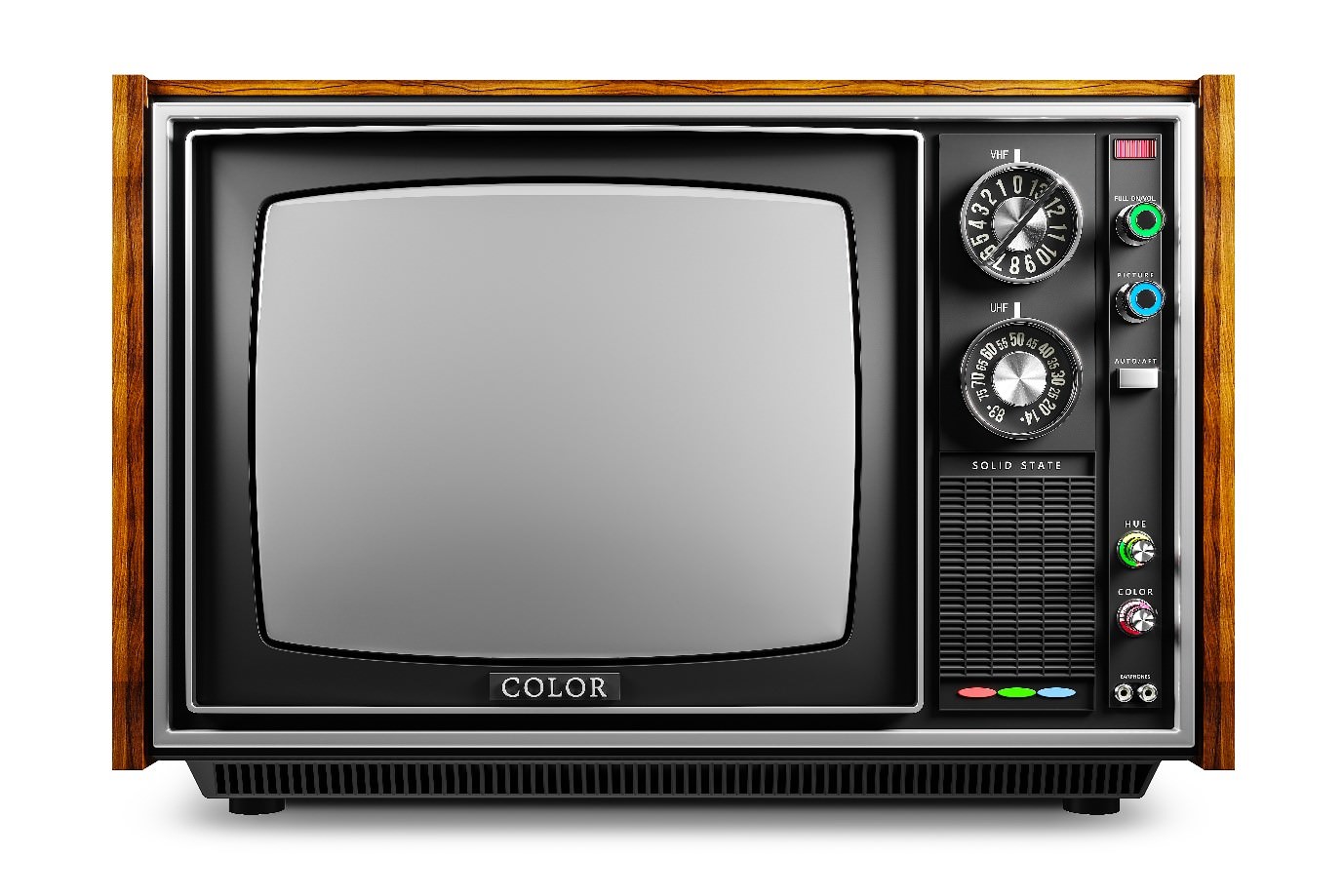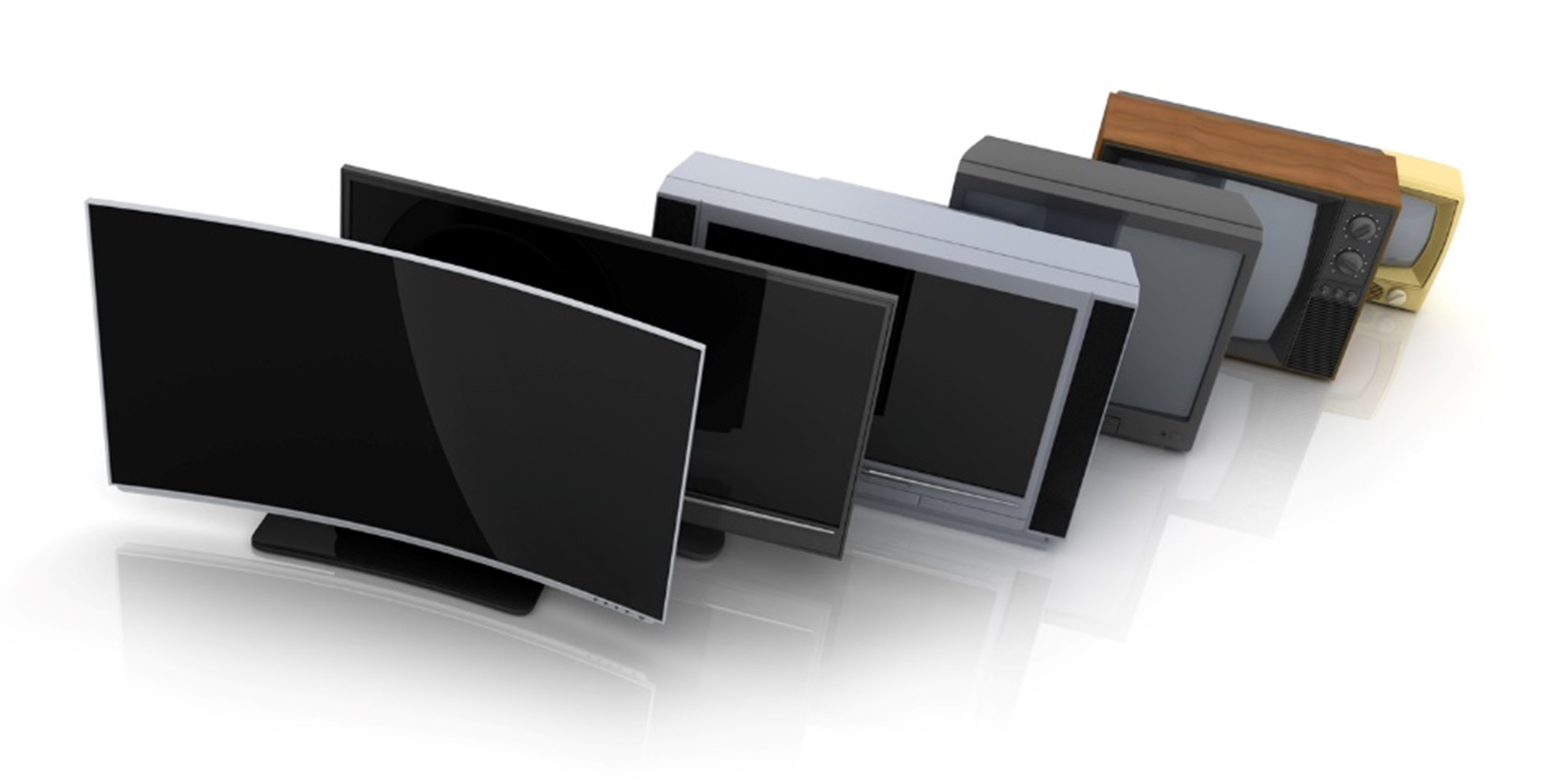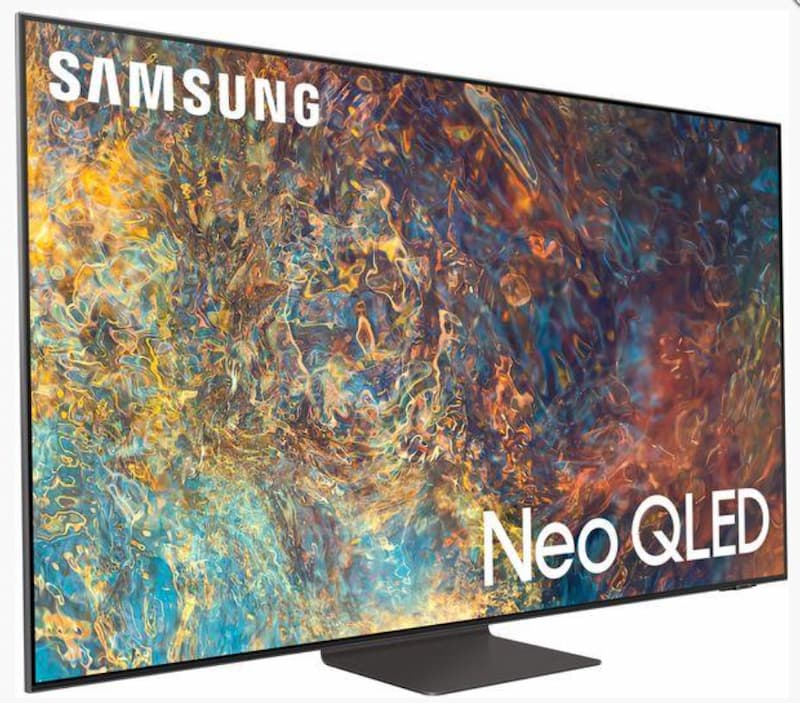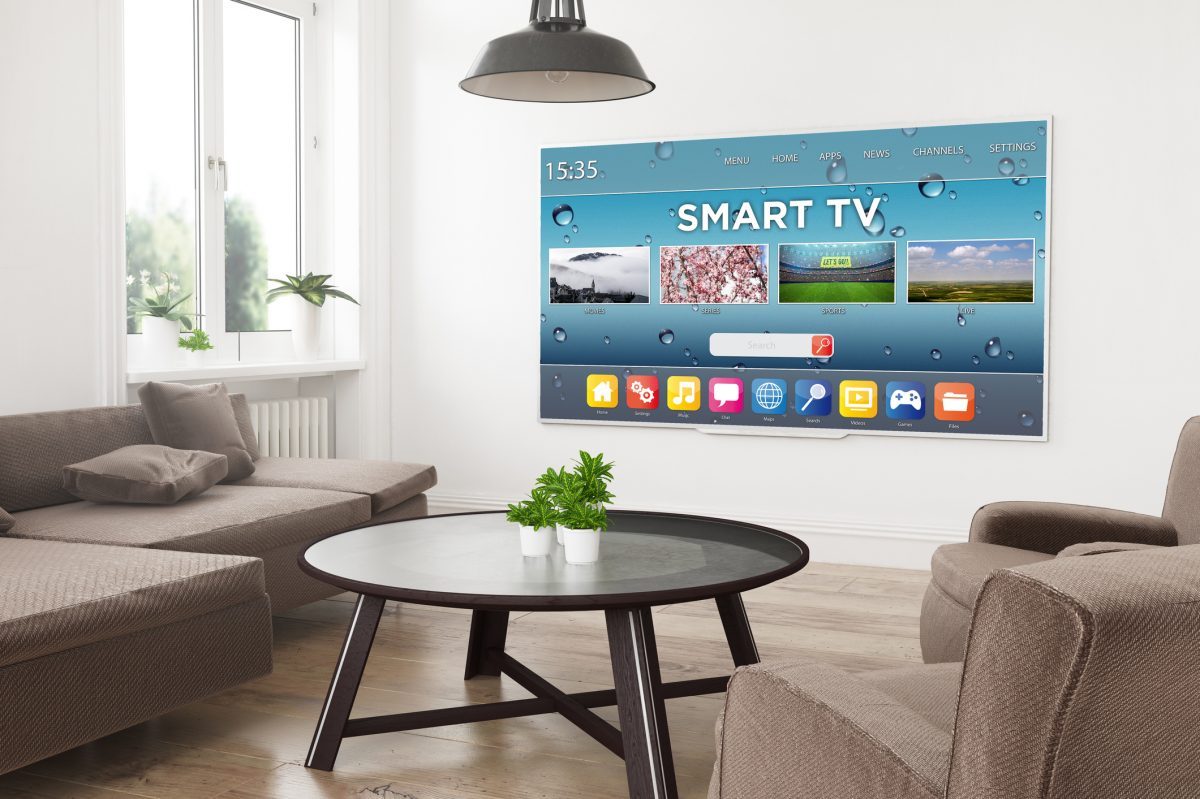Commercially available since the mid-20th century, the television has been drastically developed into a sophisticated and essential appliance. Since its release, the television has advanced from silent monochrome sets to state-of-the-art colour pictures on cheap 4K TVs.
The First Television Picture
In 1926, John Logie Baird transmitted the very first television picture. Although it only travelled between rooms, this discovery was integral for paving the way towards modern television but it also a very important time for Baird. His success in transmitting the first television picture encouraged him to continue pursuing the television, and one year later he sent the first moving image to Glasgow from London across telephone wires. His next ambition was to send images across the Atlantic, and he soon succeeded in that, too.
His journey was not without sacrifice; one of his experiments in the run-up to the creation of the television resulted in Baird receiving a serious electric shock of 1000-volts. Baird survived but soon faced further hardship from his landlord who turned him out as a result of his dangerous experiments.
Baird was not deterred, however, and only eight months following his shock he had succeeded in creating the TV. Publicising his creation presented new problems, which Baird was soon to find. The magnificent and experimental Selfridges was more than happy for Baird to showcase his invention, but the Daily Express newspaper was a little more sceptical, with one editor quoted for the following exclamation of disbelief:
“Go down to reception and get rid of a lunatic who’s down there. He says he’s got a machine for seeing by wireless! Watch him – he may have a razor on him.”
Luckily, word began to get out, and he was soon presenting in front of the Royal Institution and The Times, and the television became a success that every scientist and engineer wanted a hand in developing. The popularity enabled the television to progress even more rapidly, which helped us to reach the point we are at today.
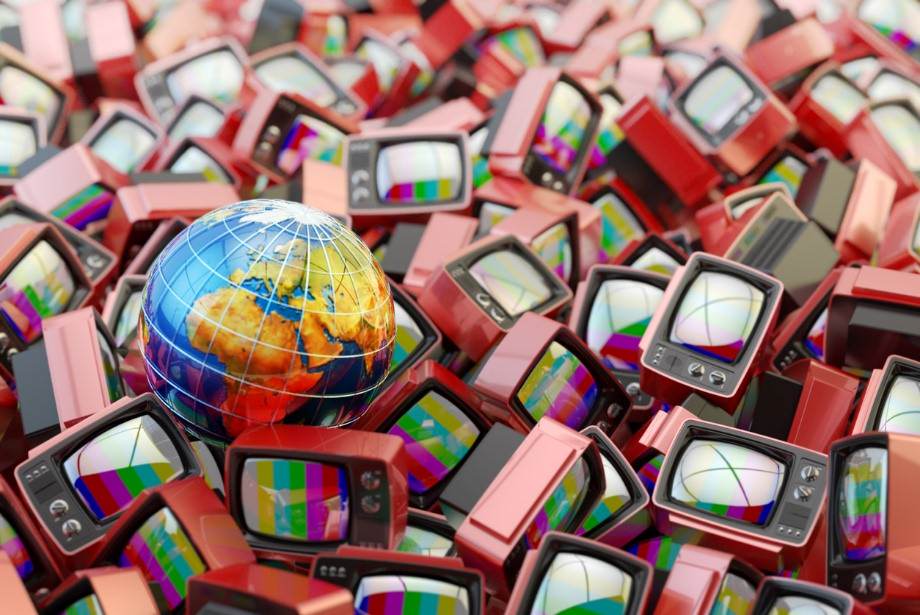
How Cable Television Began
The creation of the television itself was an amazing thing, but we can all agree that without cable, it might not have become the icon of entertainment that it is today. It began in Pennsylvania, Arkansas and Oregon in 1948 to enable the use of television in areas which struggle to receive over-the-air television signals, such as mountainous or geographically remote areas.
In the 1950s, cable systems brought television to over 14,000 Americans and colour TVs were broadcasting commercially. In the 1960s, the number of television users relying on cable had grown to 850,000. Since this time, cable has continued to grow, providing us with internet and endless entertainment.
The Invention of the Remote
Going over to the screen to change channel, volume, or anything else today is an experience reserved solely for those times when the batteries have run out of power or the dog has made off with the remote. We can’t imagine going back to the days before remote-control televisions which goes to show how influential it has been, but twenty years of television had already passed before the remote was born.
The first remote-control television was introduced in American in 1956, and it was called the ‘lazy bones’ TV. This was developed by Zenith Electronics, and the comical name proved immensely popular with the American public.

What Happened Next?
The subsequent step was the plasma television; the display monitor was invented at the University of Illinois by Professors Donald Bitzer and H. Gene Slottow, and graduate student Robert Willson. The trio designed, produced and invented the plasma screen in 1964. The plasma TV was invented as an alternative to cathode-ray TVs, which needed to be refreshed regularly to display images.
Since plasma, we’ve seen many extrapolations on TV screens, including LCD, LED, and more recently OLED and QLED. The rise of the world wide web has also sparked sales of cheap smart TVs which blur the lines between what we consider television and computer. We can only imagine where the TV will take us in the future!
Since the twenties, television has taken great development steps to become the piece of technology it is today, now you can purchase cheap TV deals which would be nothing less than mind-blowing when compared with the monochrome sets from which the idea was born, a truly incredible advancement.

